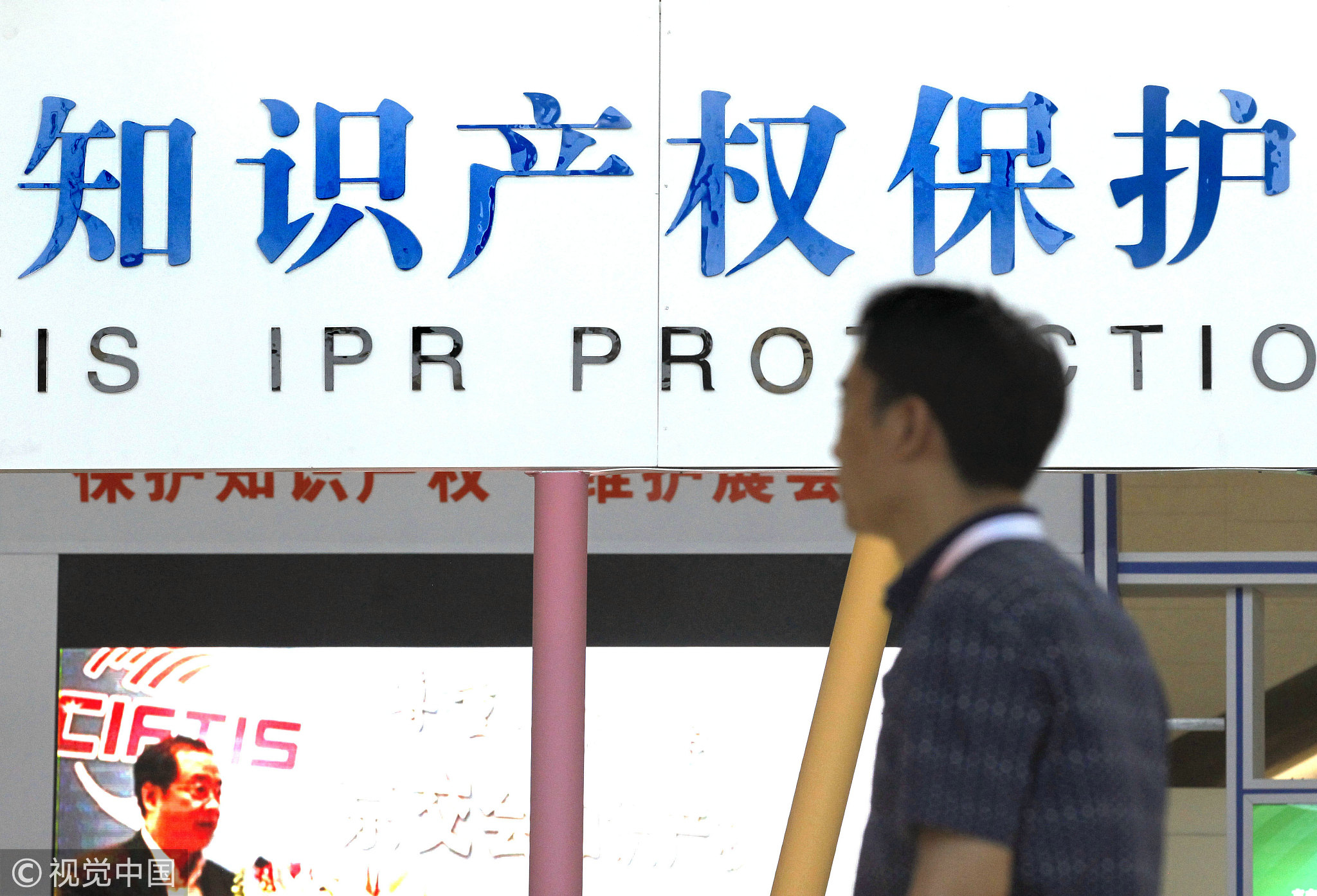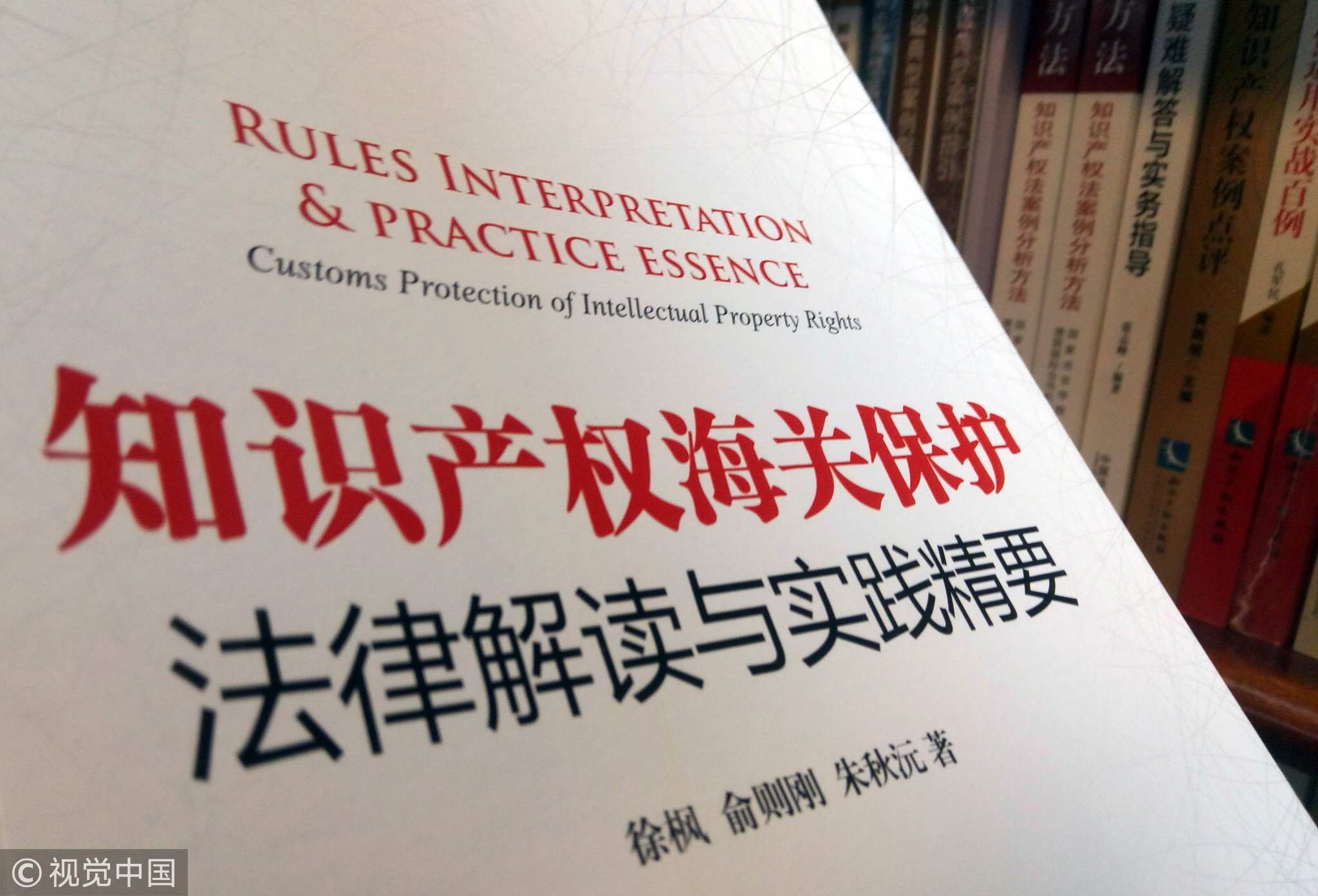
Opinions
13:37, 26-Dec-2018
Opinion: New law to be enacted to address concerns over technology transfer
Updated
13:28, 29-Dec-2018
Kong Qingjiang

Editor's Note: Kong Qingjiang is the dean of the School of International Law under China University of Political Science and Law. The article reflects the author's opinion, and not necessarily the views of CGTN.
Seemingly in an effort to appease the tension between the U.S. and China over the issue of protecting foreign intellectual property rights in China, the proposed Foreign Investment Law, which is being examined by the Standing Committee of the National People's Congress, incorporated provisions for the protection of foreign intellectual property rights, for the facilitation of voluntary commercial technical cooperation and specifically for the prohibition of forced technology transfer.
This proposed law came after the U.S. accusation that China is engaging in forced technology transfer from U.S. companies to Chinese entities, while China has repeatedly denied its existence.
American companies, which were recently surveyed by such agencies like American Chamber of Commerce and U.S.-China Business Council, complained that Chinese authorities link market access to technology transfer. However, by looking into the rules in the existing laws and regulations concerning foreign investment and technology transfer, a fair observer will agree with China that there has been no specific rule to speak of forced technology transfer, although the government is found to encourage such a transfer as needed.
Indeed, technology transfers between Chinese and U.S. companies do happen, either in the form of licensing agreement between a U.S. company as the licenser and a Chinese company as the licensee or in the form of an investment deal which includes the technology's value in the overall appraisal of a U.S. company's contribution to a joint venture.

VCG Photo
VCG Photo
In most cases, it is the U.S. company, the licenser, that decides whether to enter into such a deal of technology transfer with the Chinese company, and that determines the price for such a transfer. In exchange, the local partner and local government eager to foster growth would provide cheap land, infrastructure, tax exemptions, or loans on favorable terms.
Occasionally, the Chinese partner is in a better position to negotiate a deal for the U.S. company who is eager to tap the huge and lucrative China market. Strictly speaking, the practices have nothing to do with a certain degree of coercion.
It is not difficult to find that previously, American companies and their European counterparts were more willing to transfer their technology, based on the expectation that Chinese competitors would be unable to adapt and master it, anyway. Only when the country's capacity for indigenous innovation – not to mention technological absorption – have progressed substantially and often become genuine and serious competitors, they changed their strategy.
Against this backdrop, it is understandable the alleged “forced” technology transfer does not make too much economic sense and is often far away from the truth.
Nevertheless, it is fair to argue that despite the forced technology transfer allegation, technology transfer in China generally follows the market rules. It does not fall short of beneficial cooperation. The figures regarding the technology transfer fee are illustrative. According to estimates, Chinese consumers pay a five percent technology transfer fee for each smartphone purchased. In 2017 alone, China paid a total of 37.6 billion U.S. dollars in technology transfer fees across all sectors.

China has introduced IPR protection rules. /VCG Photo
China has introduced IPR protection rules. /VCG Photo
Of course, the Chinese authorities are aware of the relevance of the protection of intellectual property rights to economic growth. This is why the government fosters innovation by nurturing a conducive environment. In fact, China's expenditure on research and development is now higher both as a percentage of GDP and in absolute terms than the level in European as well Organization for Economic Cooperation and Development countries.
Fair to say, even though the Chinese authorities do not agree with what seemingly prevails among American companies and their European counterparts in China regarding the alleged forced technology transfer, it can to a certain degree understand the U.S. companies' concerns for their intellectual property rights.
For this reason, the authorities have reassured U.S. companies about the policy of non-forced technology transfer. The enactment of the Foreign Investment Law provided the government with an opportunity to make such reassurance in the solemn language of the law. This is also a genuine effort on the Chinese side to foster an environment needed for the ongoing trade talk between China and the U.S.
(If you want to contribute and have specific expertise, please contact us at opinions@cgtn.com.)

SITEMAP
Copyright © 2018 CGTN. Beijing ICP prepared NO.16065310-3
Copyright © 2018 CGTN. Beijing ICP prepared NO.16065310-3